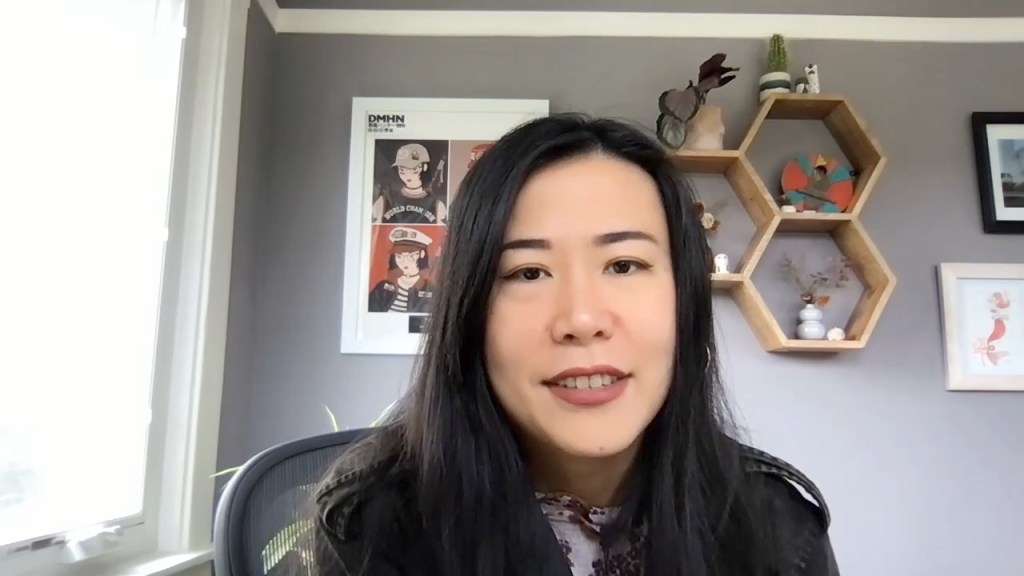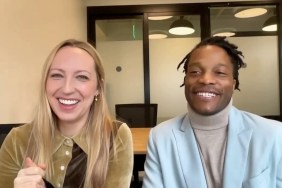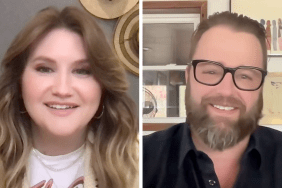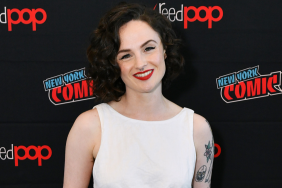After making waves on Disney+, Pixar’s Turning Red becomes available on digital on April 26 and on Blu-ray on May 3. Directed by Domee Shi, the film stars Rosalie Chiang, Sandra Oh, Ava Morse, Maitreyi Ramakrishnan, Hyein Park, and Orion Lee.
“The film introduces Mei Lee, a confident, dorky 13-year-old torn between staying her mother’s dutiful daughter and the chaos of adolescence,” reads the synopsis. “Her protective,…










